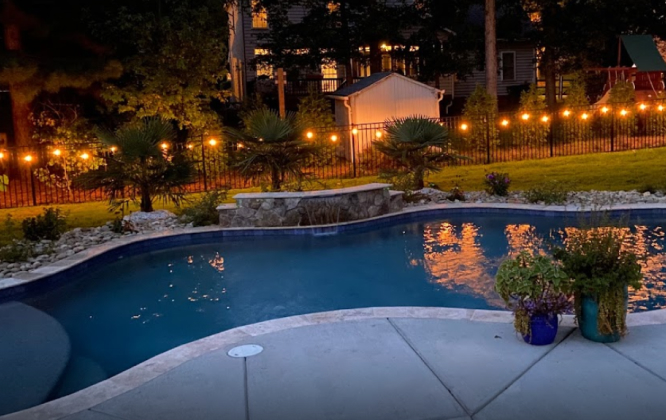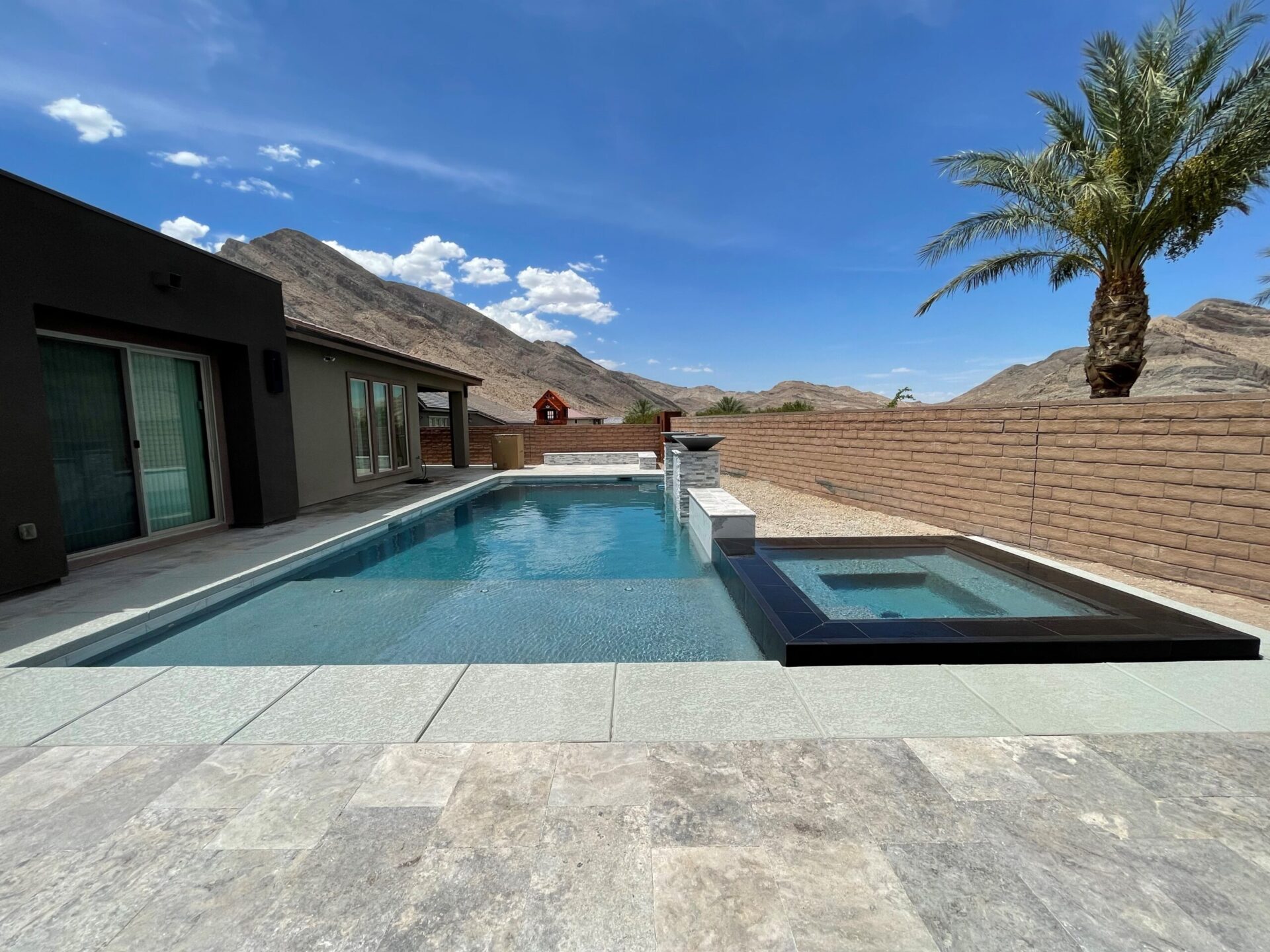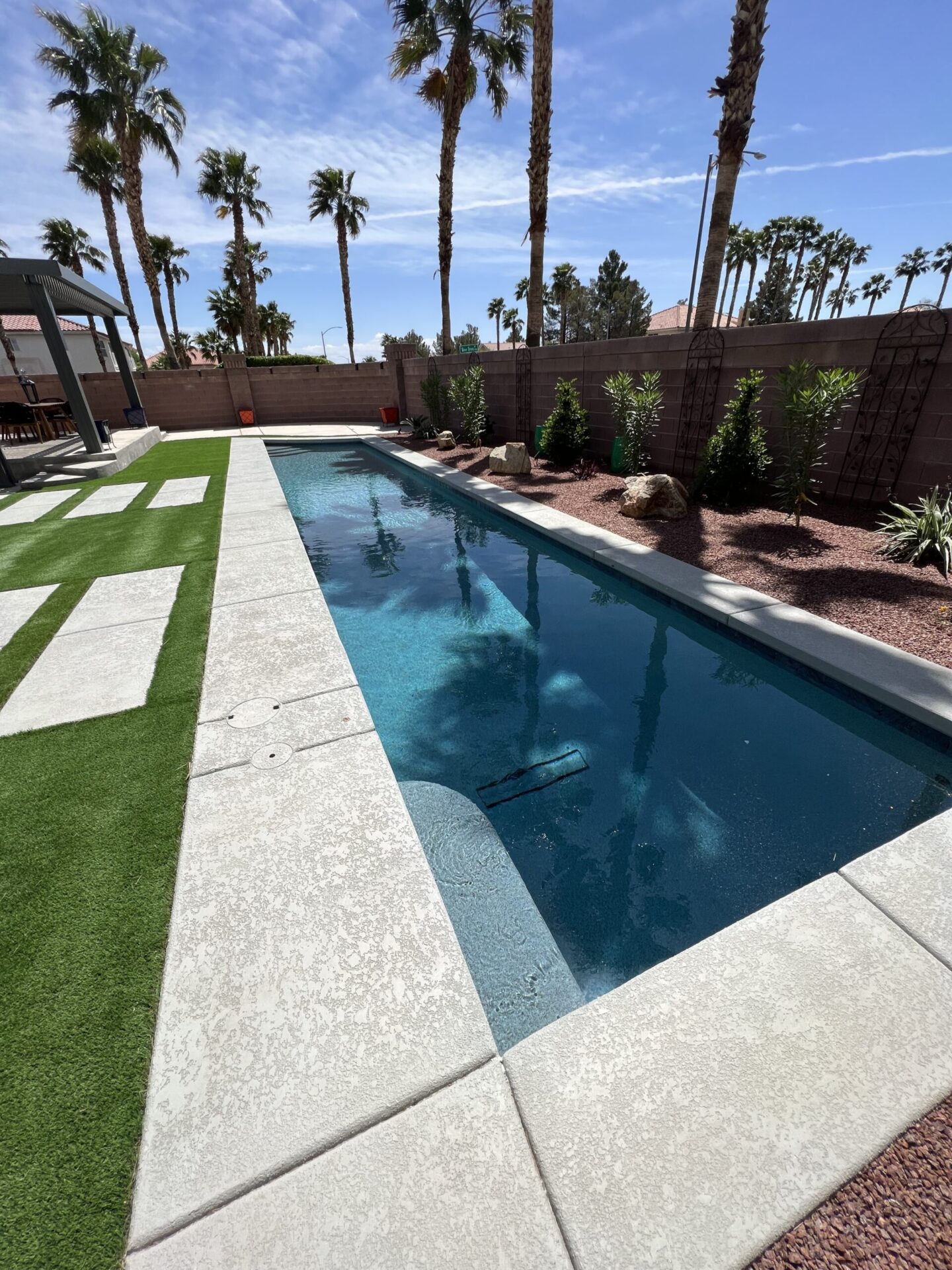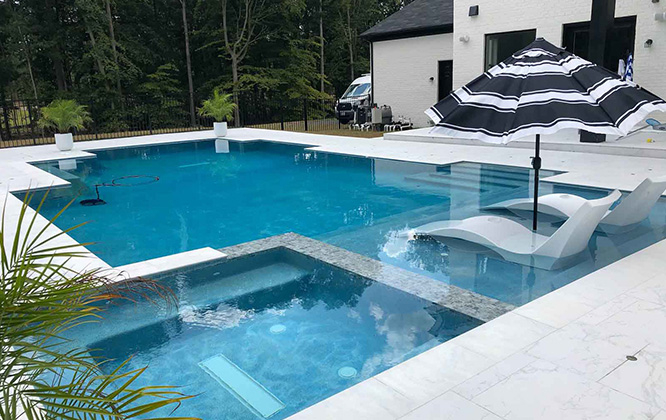Pool Water Testing Services
Our comprehensive water-testing service will keep your pool water safe and balanced
Keeping the chemicals in your pool balanced is an integral part of pool ownership, to ensure the longevity of your pool and the health and safety of those using it. Trust the pool experts at Anthony & Sylvan to access your pool water and provide custom solutions to assess and maintain the balance of your pool’s water.

Why Is Pool Water Testing Important?
Pool water is susceptible to changes from various factors like weather, debris, and pool usage. Regular testing ensures proper levels of sanitizer, pH, alkalinity, calcium hardness, and stabilizer, essential for swimmer safety and equipment longevity.

Benefits of Routine Water Testing
Clean, Safe Water: Ensure your pool water is free from harmful bacteria and contaminants, providing a safe environment for swimmers of all ages.
Equipment Protection: Proper water balance prevents corrosion and scaling, prolonging the life of your pool equipment and surfaces.
Comfortable Swimming: Balanced pH and alkalinity levels create a comfortable swimming environment, reducing skin and eye irritation.
Cost Savings: By detecting and correcting imbalances early, you can prevent costly damage and repairs, saving you money in the long run.

Signs You Need Pool Water Testing
Common signs that indicate it's time to schedule a water testing appointment with Anthony & Sylvan are:
Cloudy or Discolored Water: If your pool water appears cloudy, murky, or discolored, it may indicate imbalances in pH, alkalinity, or sanitizer levels.
Algae Growth: The presence of algae in your pool indicates a potential imbalance in sanitizer levels or inadequate circulation, highlighting the need for water testing and treatment.
Equipment Corrosion or Scaling: Corrosion on metal components or scaling on pool surfaces can result from improper water balance, emphasizing the importance of routine testing to prevent damage to your equipment and pool structure.
Skin or Eye Irritation: If swimmers experience skin irritation, red eyes, or discomfort after swimming, it could be a sign of imbalanced water chemistry, necessitating prompt water testing and adjustment.
Unusual Odors: Foul or strong odors emanating from your pool water, such as a chlorine-like smell or a strong chemical odor, may indicate the presence of chloramines or other contaminants, warranting immediate water testing and treatment.

Professional Water-Testing Process
Our certified technicians perform comprehensive water analysis to determine your pool's chemical balance accurately. With precise measurements, we recommend tailored solutions to correct any imbalances, ensuring your pool remains safe, clean, and inviting.
Schedule Your Water Testing Appointment Today
Maintain your pool's health and clarity with Anthony & Sylvan's expert water testing services. Contact us now to schedule your appointment and enjoy worry-free swimming all season long.